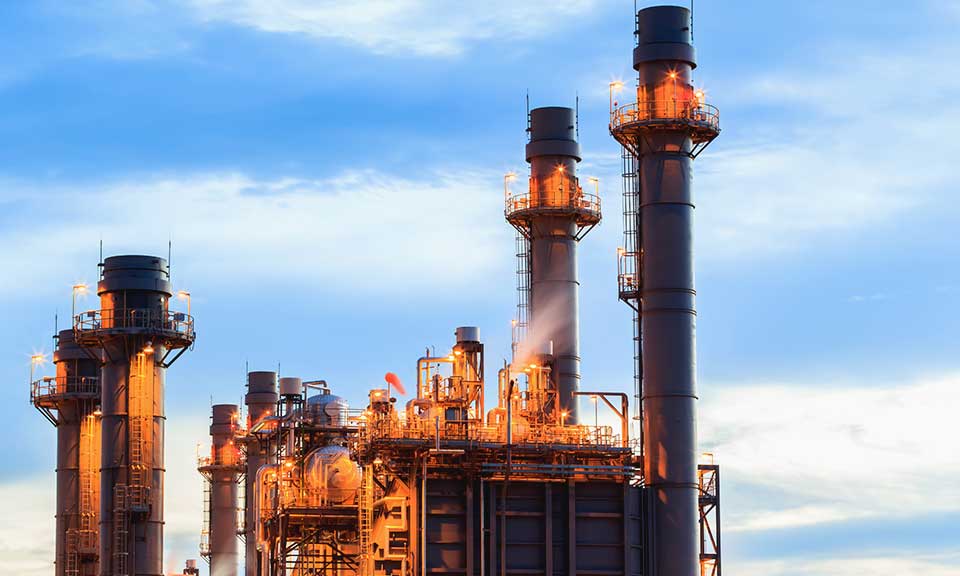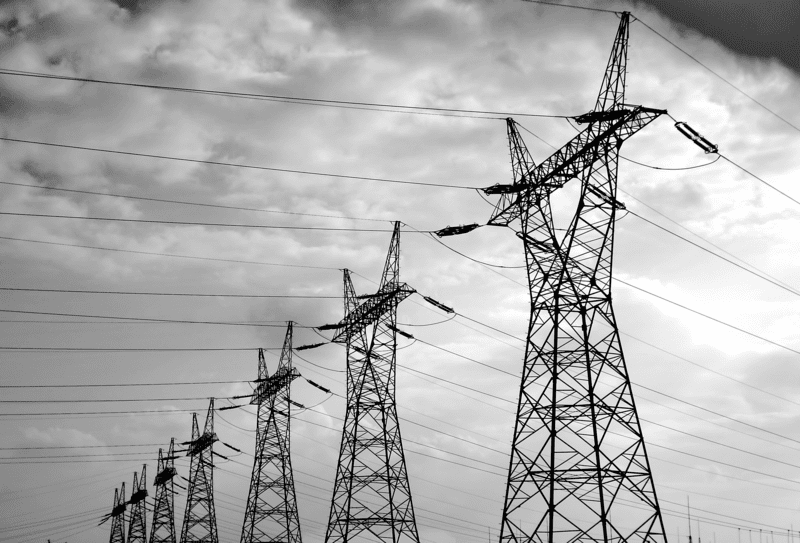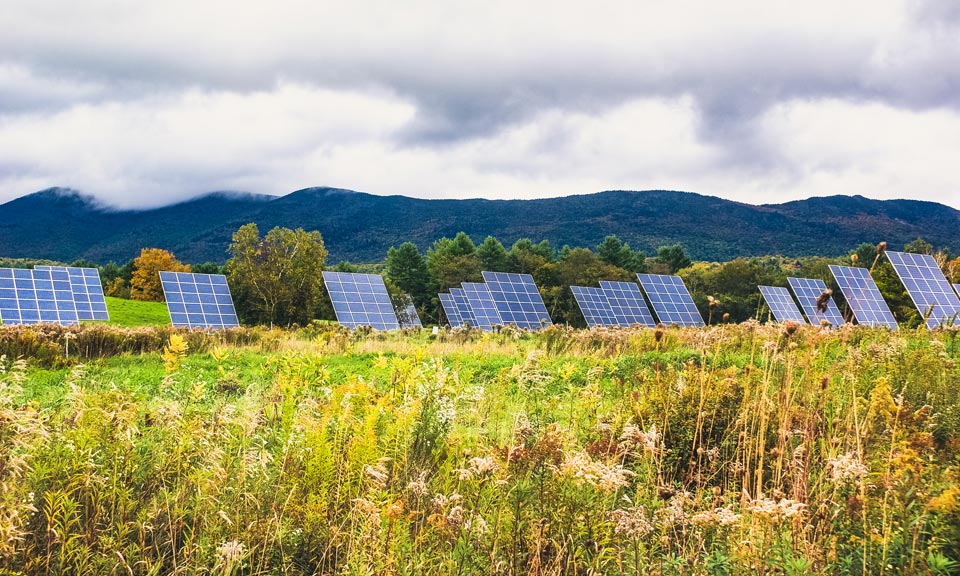Australia faces tight nature-based carbon credit supply as key removal method expires

Australia is expected to face a shortfall in nature-based carbon credits supply over the next two-three years as a key method for carbon removal expires in 2023 with no replacement expected this year, industry sources told S&P Global Commodity Insights.
The Human-Induced Generation method made up 32% of Australian Carbon Credit Units in fiscal year 2022-23, Clean Energy Regulator, or CER, data showed. HIRs are the most prominent nature-based carbon credits in Australia, with others nature-based credits making up about 8% of the total ACCU generation in 2022-23, excluding avoided deforestation.
HIR projects involve storing carbon by regenerating permanent native forests on a property where vegetation has been suppressed by activities such as unmanaged livestock grazing, feral animal activity and chemical destruction of regrowth.
The HIR method will expire Sept. 30, after which no new projects will be registered, the CER said June 2.
HIR projects generated nearly 4 million ACCUs in fiscal 2022-23 (July-June), slightly behind the 4.4 million ACCUs generated by landfill gas-based projects and followed by avoided deforestation ACCUs of around 2 million, according to CER data.
Overall, HIR projects have generated nearly 36% of total ACCUs issued over the last three fiscal years.
While avoided deforestation is a nature-based method, it was officially discontinued earlier in 2023 and is generally not favored by buyers looking for high-integrity ACCUs.
Platts, part of S&P Global, assessed the price of Generic ACCUs at A$35/mtCO2e ($23.17/mtCO2e) on June 5 and HIR ACCUs at A$36.25/mtCO2e. Generic ACCUs mostly represent credits from landfill gas and avoided deforestation methods and usually trade at a discount to HIR ACCUs.
The only other nature-based methods that are generating credits of notable volume are Savanna Fire Management, or SFM, and Environmental Planting, or EP.
EP accounted for just 1% of total ACCU issuance in FY 2022-23, and SFM represented a 2.4% share, thus leaving a large supply gap.
There has been a significant number of project registrations for the soil carbon sequestration method, but only one of the projects has been issued ACCUs by the CER until now.
"There has always been talk about soil carbon but I just haven't seen anybody get something off the ground or execute some of the issuance or seeing signs that it can be scaled up as much," a carbon broker said.
The CER is consulting on a method, called Integrated Farm Management, or IFM, which is seen as a potential replacement for the HIR method.
The IFM method aims to allow separate land-based activities to be combined on the same property or aggregated properties, according to the CER.
The method was supposed to get the government's approval by February 2023, according to CER website.
However, there was no sign of the method being approved in the near term with most industry participants suggesting a timeline as wide as six to 18 months.
A draft for the IFM method was nearly 60%-70% complete and on track for parliamentary approval by the first half of 2023 but it got stalled due to a government-backed panel, called Chubb review, a major project developer said.
The Labor government set up an independent panel in 2022 to review the integrity of several carbon methods and overall market governance.
The panel, headed by Australia's former Chief Scientist Ian Chubb, published its report in January and recommended setting up a new committee to monitor method development and improve market governance.
The new independent panel, called Carbon Abatement Integrity Committee, or CAIC, will replace the existing panel.
However, the recruitment process for CAIC members is in early stages, according to an update from a government official May 22.
"I think there is a capacity issue in Canberra. When you consider what the government in lockstep with the CER needs to prosecute over the next three years, it's quite a material roadmap," said Guy Dickinson, CEO of BetaCarbon, a blockchain-based carbon startup.
"There is going to be a hole in supply and in two to three years when the demand is going to be ramping up particularly through compliance, with hopefully voluntary demand increasing as well," the carbon broker said.
The potential supply gap in nature-based credits is expected to appear as the demand for ACCUs starts increasing from big emitters under the country's strengthened emissions compliance scheme, Safeguard Mechanism, as well as from the voluntary market.
Even if IFM gets approved in the near term, market participants do not expect the method to start generating ACCUs before 2026 as developers establish new land management practices, assess their commercial viability and work with landowners on implementation.
"We have a shortfall around quality credits, and that shortfall will lead to a shortfall in the medium term in that 24-month period because you will get a lot of people clamoring for the same credits before they ever get to the market," Dickinson said.
The market was still uncertain on the impact of HIR method's expiry on the spot ACCU price.
"HIR sunsetting shouldn't have a direct impact on spot ACCU prices but may play into anxiety around a supply shortfall," said Kyle Hamilton, associate director, markets, RepuTex, a carbon market research firm.
The impact on the price will not be visible in the first year but two or three years down the line, it is expected to have a positive impact on price, the carbon broker said.
News
Moment of truth looms for European green hydrogen investments Energy transition highlights: Our editors and analysts bring you the biggest stories from the industry this week, from renewables to storage to carbon prices. Time is running out to get on track with Europe's ambitious 2030 hydrogen production targets as developers due to take final investment decisions battle macroeconomic headwinds, industry representatives said at the Reuters Hydrogen conference in Amsterdam. Recent years have seen a multitude of project announcements, pre-front end engineering design studies, FEED studies and preliminary investments, though FIDs have been scarce. “There are some board rooms that are getting a little bit impatient by now,” Rabobank Executive Director Hyung-ja de Zeeuw said April 9. “If you think that we’ve only got six years left until 2030, I guess 2024 is going to be a key year for clean hydrogen projects here in Europe.” Around 4% of announced clean hydrogen projects in Europe have taken FIDs, according to Hydrogen Council Director Policy and Partnerships Daria Nochevnik. Price of the week: Eur4.50/kg The price ceiling for the first pilot auction under the European Hydrogen Bank mechanism. Results will be announced April 30, with the fund expected to clear well below the cap. Editor’s pick: Premium and free content SPGlobal.com Biden's carbon capture plans inch closer to reality amid uptick in well permits The Biden administration's ambition to capture carbon dioxide on a large scale and inject it back into the ground may have seemed daunting one year ago with only two CO2 storage facilities in the US. But a boost in federal spending on the technology in 2021 and 2022 may finally be bearing fruit after a sudden uptick in permits, according to industry watchers. Australia to unveil new plan for clean energy, green manufacturing: PM Australia will unveil a new plan in 2024 to support clean energy and green manufacturing projects to compete better against other nations’ subsidy schemes such as the US’ Inflation Reduction Act to draw investments in clean fuels, Prime Minister Anthony Albanese said, in what is being seeing as a pointer to big new fund allocations coming up. Escalating geopolitical tensions may give carbon market a key role to play: GenZero Carbon markets will be most critical in a scenario where global climate action is fragmented and geopolitical tensions are at their highest, as opposed to a scenario of full climate cooperation where carbon markets are least needed, Singapore’s state-owned decarbonization investment platform GenZero said. Platts Connect European Hydrogen Bank pilot auction to clear well below Eur4.50/kg price ceiling The first pilot auction for green hydrogen production under the EU’s European Hydrogen Bank facility will clear comfortably below the price ceiling of Eur4.50/kg ($4.89/kg), Innovation Fund policy officer Johanna Schiele said April 10. The results of the first Eur800 million auction will be released on April 30, Schiele said. Hydrogen market developing in New York; regulatory, power market challenges remain Using hydrogen to generate power in New York does not currently add up economically, but there is reason for optimism as the technology to do so will likely be needed in some capacity to help meet state decarbonization goals, experts said. China’s CEIC starts construction of 100,000 mt/year capacity green ammonia project China Energy Investment Corporation, one of the country’s largest state-owned energy companies, has started construction of its renewable ammonia project in Cangzhou in the eastern province of Hebei with a planned annual production capacity of 100,000 mt, likely to be completed by Q4 2025.
News
US Solar eclipse expected to significantly reduce solar power output in several markets Energy transition highlights: Our editors and analysts bring together everything you need to know about the industry this week, from renewables to storage to carbon prices. A total solar eclipse will cross North America on April 8, passing over Mexico, the US and Canada, causing significant reductions in solar power plant output with the greatest impacts occurring in the Electric Reliability Council of Texas and PJM Interconnection power markets. An annular eclipse obscures most of the sun except for a halo of sunlight around the edge of the moon’s dark disc, while during a total eclipse the entirety of the sun will be blocked by the moon. In Dallas, the partial eclipse will begin at 12:23 pm CT, with maximum totality occurring at 1:42 pm and the partial eclipse will end at 3:02 pm, according to the National Aeronautics and Space Administration. Maximum totality will reach Cleveland at 3:15 pm ET, Buffalo at 3:20 pm, and Caribou, Maine at 3:33 pm. Solar power production in ERCOT is expected to drop to 3 GW generated during the hour of totality versus the roughly 18 GW that is usually generated during that same time of day on a clear sky day in April, according to Maxar Technologies, an advanced forecasting company that provides data to US power grid operators. As the moon’s shadow moves north through the PJM footprint, solar power output is expected to drop to around 1.6 GW during the hour of totality compared with roughly 7GW on a clear sky day in April, a Maxar spokesperson said in an email. Even under cloudy skies, PJM is preparing for temporary losses of at least 80% to 85% of the production from the approximately 8.2 GW of grid-connected solar or metered solar resources that are part of the PJM solar generation fleet in early April, the grid operator said in a media release. Price of the week: On the Intercontinental Exchange during April 5 trading, ERCOT North Hub day-ahead on-peak rose about $17.50 from its previous settlement to $27/MWh and its corresponding real-time peak contract jumped about $19 to around $29.50/MWh for April 8 delivery. Editor’s pick: Premium and free content SPGlobal.com INTERVIEW: Building a credible carbon market takes time; 'bear with us', says ICVCM A step-by-step approach to informing the market about which project methodologies meet high-quality carbon credit thresholds is considered the best way forward given the high number of methodologies involved, the Integrity Council for the Voluntary Carbon Market said. The ICVCM confirmed that carbon credit programs from American Carbon Registry, Climate Action Reserve and Gold Standard had met its high-quality Core Carbon Principle labels. China kicks off consultation on expanding compliance carbon market to cement sector China has kicked off public consultation on drafting guidelines around emissions accounting and verification for the country's cement sector, laying the foundation for its inclusion in the national compliance carbon market, the Ministry of Ecology and Environment said in a notice late April 3. Thailand's Bangchak, Japan's Sumitomo join forces for green UCO-to-SAF supply chain Thailand-based energy firm Bangchak and Japan's Sumitomo Corp. have signed a cooperative framework agreement for the procurement of used cooking oil and the sale of sustainable aviation fuel, the companies said in an April 3 joint release. Platts Connect Denmark paves way for hydrogen pipeline exporting surplus wind to Germany Denmark is paving the way for state financing for the Jutland hydrogen backbone pipeline to export surplus wind power to Germany, the energy ministry said. Political parties agreed five framework conditions that need to be met for grid operator Energinet to go-ahead with the project including a 1.4-GW or 44% of total capacity booking requirement by private companies. China’s domestic renewable energy certificate trade volume up tenfold in 2023 The annual trading volume of China’s domestic renewable energy certificates, called Green Electricity Certificates, increased almost tenfold to 96 million certificates in 2023, a record high for a year, from 9.69 million certificates in 2022, data from the country’s GEC trading platform showed. Fortescue misses FID date for key renewable hydrogen project under Genex PPA Fortescue Future Industry has missed the deadline for final investment decision (FID) for a key renewable hydrogen/ammonia project in Australia, thus failing to meet a buyer’s condition in a Power Purchase Agreement (PPA) with Genex Power, Genex said April 2.

News
A total solar eclipse will cross North America on April 8, resulting in heavily reduced solar power plant output. It will differ from an annular eclipse in that the sun will be entirely blocked by the moon, rather than partially blocked with a visible halo of sunlight. Power markets in Texas and the Mid-Atlantic region are expected to see the biggest impact in solar-powered generation. Related feature: US solar eclipse expected to significantly reduce solar power output in several markets (subscriber content) Click here for the full-size infographic

News
With rapid penetration of solar photovoltaic, wind and battery energy storage, power systems are shifting away from conventional synchronous generators towards power electronics, i.e., inverters, which may lead to risks of grid instability. Grid-forming inverter technology has been developed to support grid operation by providing similar capabilities as synchronous generators. Related report: Grid-forming technology report, 2024 (subscriber content) See the full size infographic here